ATGLife Mates: Featuring Harshita Borah
Previous PostMeet Harshita Borah, the next green soul in our ATGLife Mates series. After years of nurturing houseplants in cramped Mumbai apartments, Harshita finally found her gardening haven on a sunny north-facing terrace back home.
What began as a way to reclaim space and familiarity soon blossomed into a thriving edible garden shaped by care, climate, and creativity.
Follow her journey on her Instagram Handles:
How did you start gardening?

I started keeping plant pets in the 8-9 years that I spent in Bombay during my professional years. However, Bombay being Bombay, I had to move apartments frequently, which meant inconsistent lighting and conditions for my plants, and limited balcony spaces. Mostly houseplants, I took good care of them but always wanted to raise plants that produce fruits/veggies, but never had enough sunlight in Bombay. Post-Covid, I moved back home in October 2020. After being away for nearly 15 years, nothing in the house seemed familiar, it didn't feel like home. So I slowly had to start claiming my own corners to make it mine. My mother has a lot of houseplants on the ground floor, but the terrace was completely empty, too much for her to go up and down all day to check on plants there. It was north-facing and received a full day's sun with shaded corners here and there thanks to our southern wall, neighbour's taller buildings etc. It seemed like the perfect canvas to start a garden. Did a basic setup that evolved and changed over the last 4 years as I figured out what worked best and what did not for my terrace and the city's water and climate. That's where it all started.
What are some of your favourite plants to grow in the garden?

Ornamental - Due to the growing heat in summers, I am so grateful to my plumerias, bougainvilleas, yuccas and Zamia furfuraceas because they truly flourish, flower and thrive in the heat, keeping the garden looking lush and shaded when the others are struggling.
Fruiting - I have multiple grafted local fruit trees and am trying some exotic ones that I am growing in big 2 x 2 feet grow bags. I think my favourites are the 3 mulberry trees for the same reason, their adaptability to the growing heat. They grow fast, are drought and pest resistant, and fruit almost throughout the year. And the other is the Calamondin Orange tree. It was my mom's, who kept it thinking it's just an ornamental miniature orange tree because the oranges were just too sour. After I came, I repotted it to a larger pot and gave it full sun that it really loves even when the temps are high, and it produces over 100 oranges every year. Soon I learned that these are actually meant for marmalades owing to their thin skins that aren't bitter like others. Now, making marmalades with these is something I look forward to every winter.
Vegetables - Needless to say, but I think if you check my order history you will see that I buy all my seeds from you, except some local indigenous varieties that are only available in the Northeast. The most accidentally fascinating one I would say is asparagus, and is now one of my best friends in the garden. Here's why. When I got them, I didn't know they took 3-4 years to mature. First, when I was germinating it in seedling trays, it took the longest time that I eventually gave up thinking they won't sprout and emptied the trays in random grow bags under other plants and vegetables. After many weeks, they sprouted to the ferns (which I had no idea is what they actually look like). I thought it must be a wild weed but it looks nice under the other plants, seemed to love the sun, so I let them be. This year, after 3 years, they are producing thick enough stalks and I did eat them twice. The ferns of the asparagus are fairly pest resistant except mealy bugs and hairy caterpillars, but attracts pests away from others, which helps because we don’t eat the fern part anyway. The fern foliage is massive so I often use its shade to keep seedlings under them, they receive the perfect dappled light. Not sure why asparagus isn't more famous in Indian climates, I think it should be. Beautiful creatures, and adapt really well.
The last ones are my orchids. It takes some time to understand your orchids but once you do, they are such intelligent creatures who really don't ask for much, contrary to their reputation of being high maintenance. If you grow native species suitable to your climate, which I recommend, they are one of the easiest species to care for. I like to call them the cats of the flora world, they basically take care of themselves.
What are some of the plants that you’ve not had as much success with?

Herbs like sage, rosemary, thyme and lavender. I have tried growing them every year, germinate around October and they grow beautifully till about April. They love the full sun, pleasant winters here in Assam, but post-April it's either too hot or incessant rains that continue for weeks. They eventually get root rot despite trying multiple ways of potting and location to see what works. But I haven't given up. Will probably try again this year.
Are there any new plants on your wishlist?

I used to have a list when I started new. But now, due to climate change, my focus has shifted to trying to preserve what I have, acquiring heat-resistant varieties whenever I can, and eating more locally, i.e. growing our wild indigenous foods of the Northeast which are rapidly disappearing due to loss of forest cover.
What would you like to say to our new gardeners?

It's the best thing you can do for your mental health. Nature and the pure act of growing and nourishing something is beyond satisfying. I cannot recommend it enough. Sure, hire and support a local maali for the intense labour heavy work once a week, but getting your hands dirty in the soil, checking up on your plants every morning and evening with your cup of coffee, and getting to harvest the fruits (literally) of your labour is something that will heal you. This process has also made me a more grateful person. I understand the love and labour that goes into growing food and I have so much more respect for every meal I eat and the farmers who grew them.
Any gardening hack you want to share with us?

Let the soil ecosystem do its job. After reading Finding the Mother Tree by Suzanne Simard, I started putting all my trust in the soil. It knows its job better than we do, including the weeds it shoots out around your plants. I stopped weeding 2 years ago and my plants have never been healthier. Under the ground, the complex ecosystem of microbes, bacteria and fungal networks is something that scientists now acknowledge but are still trying to understand.‘Weed’ is a very colonial term, rooted in their preference for manicured lawns that didn’t support local biodiversity. If a particular plant pops up around your primary plant, try to google or ask your local gardener if it's a local indigenous plant, which it likely is, and you should let it be. The soil usually always knows something we don't. Plants expertly transfer nutrients to each other when there is an excess or deficiency and dormant 'weeds' sprout for the same reason. Make it a habit to use your Google Lens to identify plants that arrive without your involvement and try to research if they are harmful. As long as they are not an invasive species in your region, they are harmless. The second advice is to start making your own compost. That's all your garden needs, it will do the rest.
Any particular Instagram accounts you follow for inspiration?

None really. I rely on our local oral knowledge. I ask my aunts, our gardener, our house help, anyone who I know have had more experience with the climate and soil of my place. When I face specific issues with my plants, then I look for dedicated answers on YouTube, but that's about it. Online advice is very subjective and I have learned they may have worked for them, but doesn't mean it will work for you. Plants are extremely vocal in their own way and they often show early signs of distress, you just need to be a better observer.


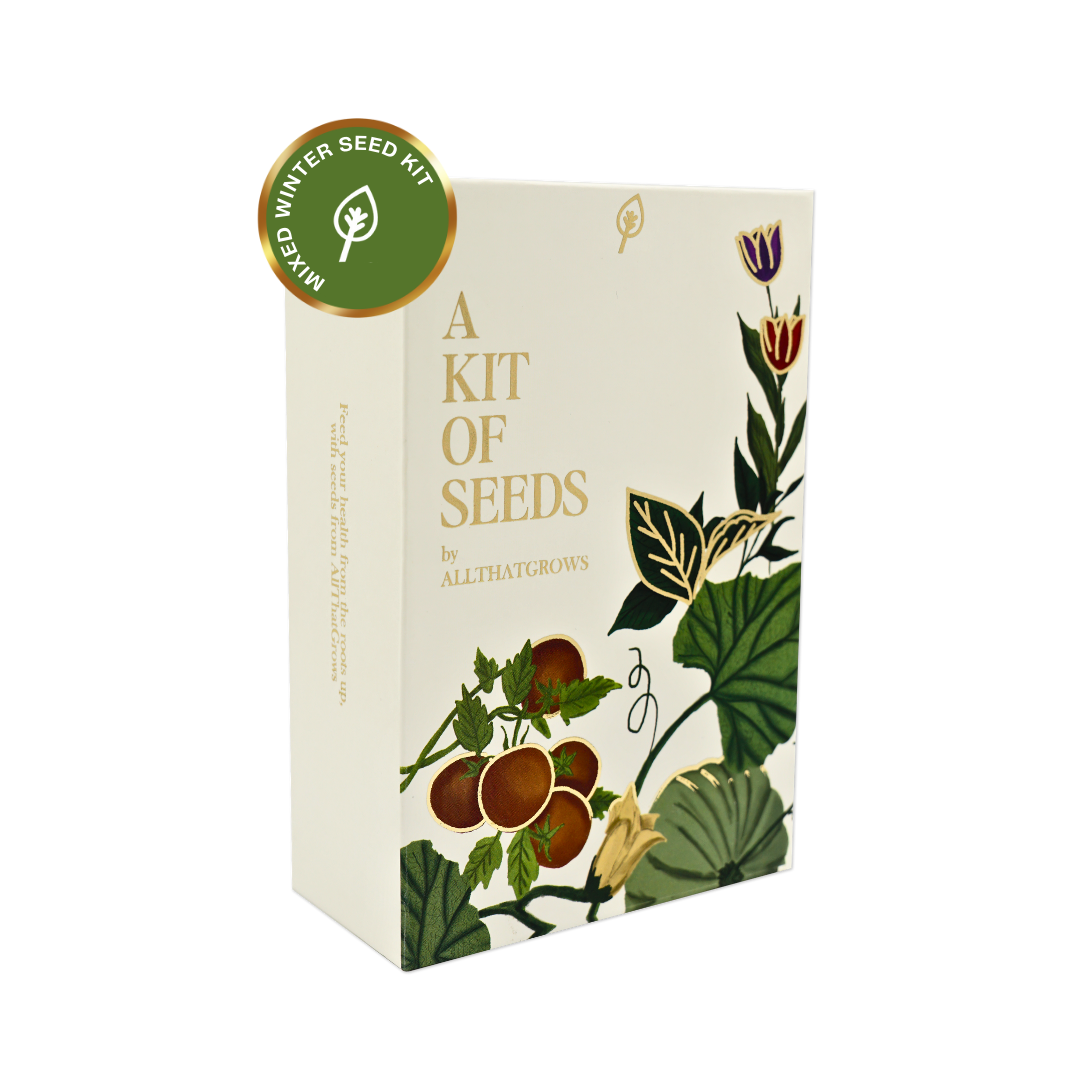


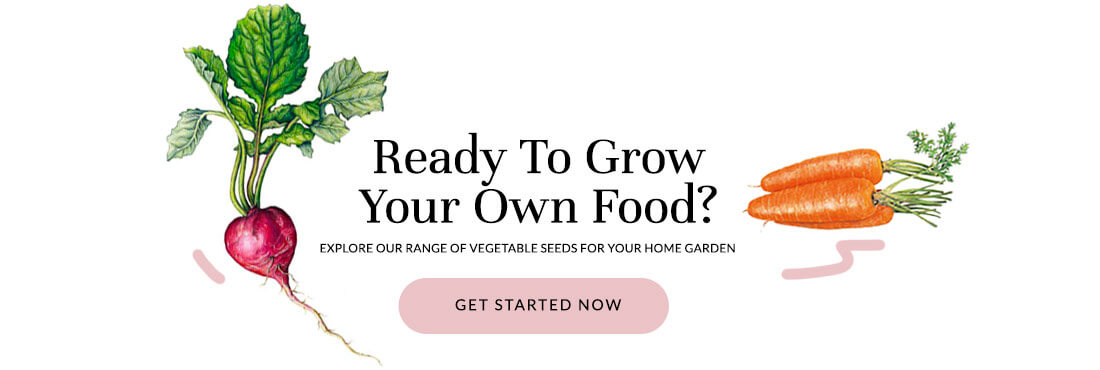
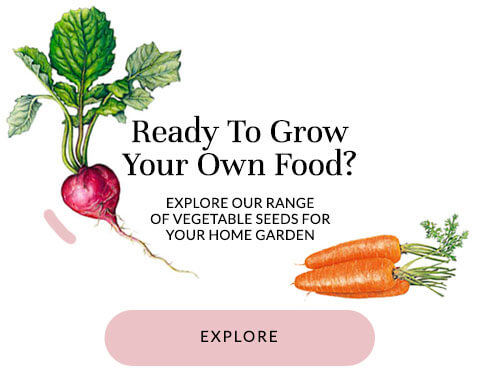
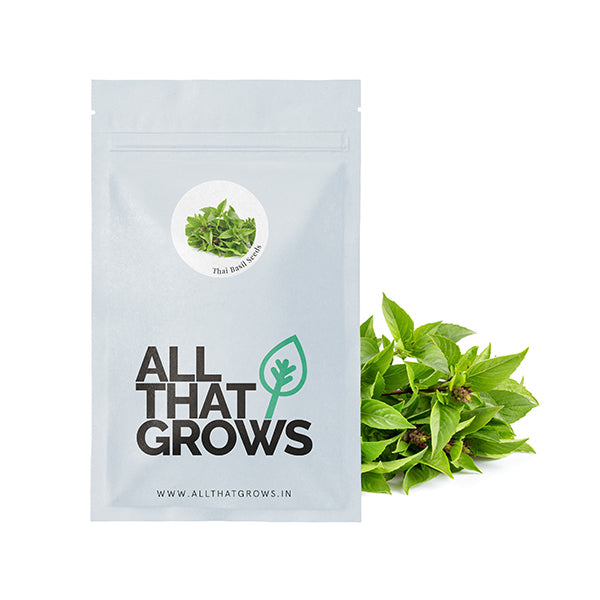
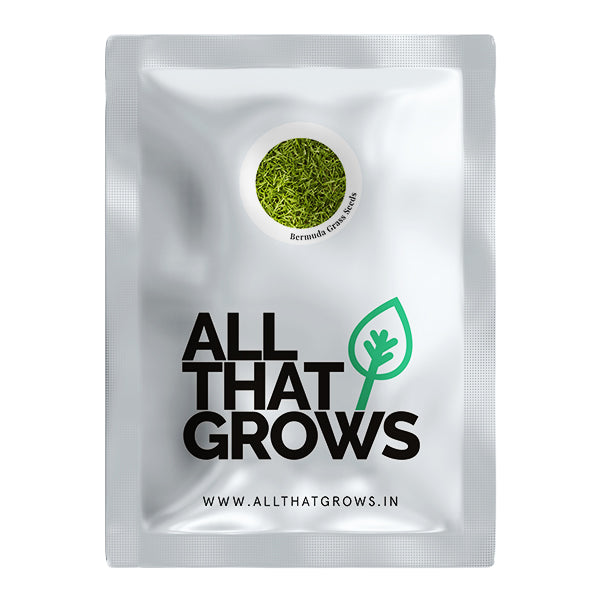
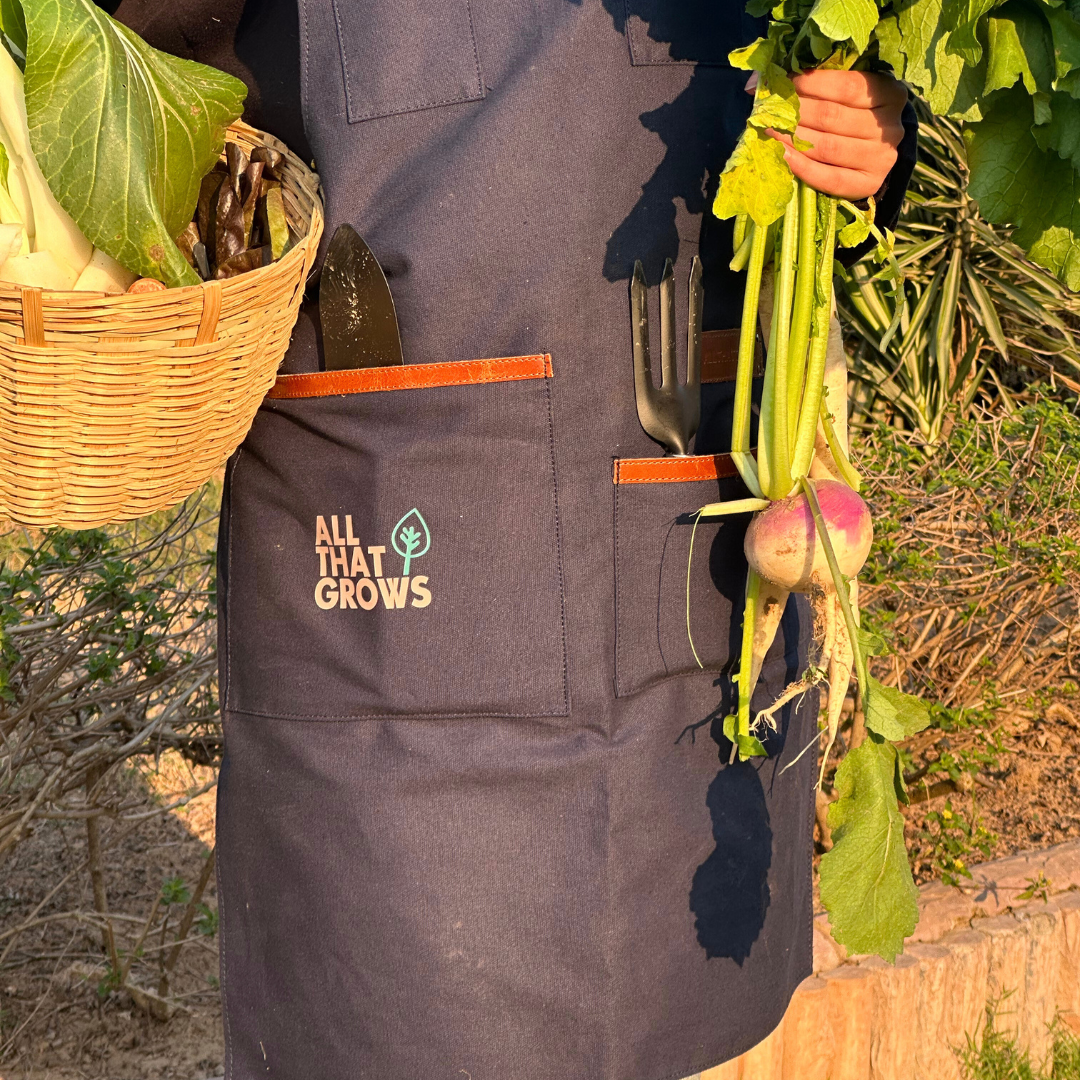

Leave a comment